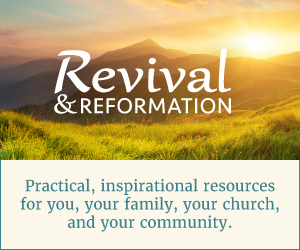If you like graphs that shoot right off the page, you would enjoy being registrar at the Theological Seminary these days. Growing pains seem a part of the normal life of an institution that has more than doubled its enrollment in the past ten years. I sometimes wonder, as I grapple with the problem of how to make room for five or six classes in our four classrooms, whether a report from the school of the prophets in Elisha's day—just before the building program—would not have resembled the graphs below.
(See PDF)
Total enrollment in the Seminary includes a sizable proportion of special students who cannot qualify for advanced degrees. Many of them are wives of regular students, who are encouraged to take courses along with their husbands. Some Seminary courses attract large groups from the community. These factors make the total enrollment less significant for purposes of comparison than the number of students actually working toward degrees. The average for the four quarters of the 1955-56 school year is 109.5, more than three times that for 1945-46. Actually, the figure has not dropped below 100 since the summer of 1954.
Of particular interest is the sharp increase in the number of students who, having already obtained the Master's degree, are working for the Bachelor of Divinity degree. While the total figure is still not large, the trend is significant (See PDF).
The number of degrees awarded also reflects the upward surge, which reached a peak when eighty degrees were conferred during 1955, eight of them Bachelor of Divinity degrees. The 1956 spring and summer graduations have included fifteen B.D. degrees.
The 1956 Summer quarter broke all enrollment records with 191 students registered for the two terms. Ranging in age from twenty-two to sixty-seven, the group has already turned in an aggregate of more than twelve hundred years of denominational service. Some fifty were school-home deans, present or future, enrolled in the Workshop in School Homes Administration. A number of other courses in Christian education were offered.
The over-all picture is encouraging because it indicates that the Seminary is being given an increasing opportunity to make its contribution toward a better-trained Seventh-day Adventist ministry.















